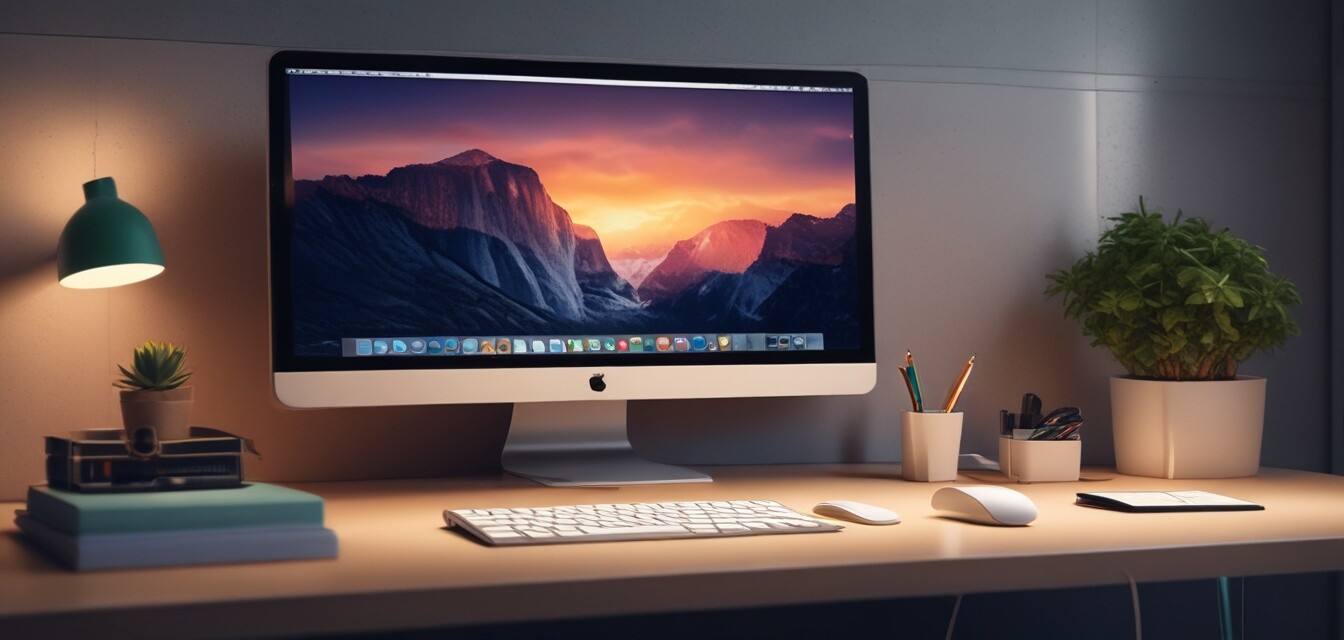
Choosing the Best Apple Monitor for Your Setup
Key Takeaways
- Identify your primary use case: design, gaming, or general use.
- Consider screen size and resolution for optimal viewing experiences.
- Look for connectivity options to match your Apple devices.
- Evaluate color accuracy and panel technology based on your needs.
- Budget wisely by comparing features against prices.
When it comes to setting up a workspace that enhances productivity and creativity, choosing the right Apple monitor is crucial. With a wide range of options available, understanding what features suit your needs best can simplify your decision-making process. In this guide, we’ll explore the top Apple monitors and provide essential tips for selecting the best one for your specific use case.
Types of Apple Monitors Available
Apple monitors vary significantly in terms of specifications, features, and price. Understanding the different types can help you determine which is best suited for your setup:
- Retina Displays: Known for their exceptional color accuracy and detail.
- 4K and 5K Monitors: Ideal for graphic design, photography, and video editing.
- Portable Monitors: Great for professionals on the go, providing lightweight options.
Key Features to Consider
When selecting an Apple monitor, consider these key features:
| Feature | Description |
|---|---|
| Screen Size | Choose based on your workspace and whether you prefer multi-monitor setups. |
| Resolution | Higher resolutions like 4K and 5K offer better clarity for design and media work. |
| Panel Technology | IPS panels typically provide better viewing angles and color reproduction. |
| Connectivity | Ensure it matches your Apple devices with options like USB-C or Thunderbolt. |
| Color Accuracy | Essential for creative work that requires precise color matching. |
Choosing Based on Use Case
Your selection should largely depend on how you plan to use the monitor.
For Graphic Designers and Photographers
Those in creative industries should prioritize monitors with high resolution, exceptional color accuracy, and large screen estate for multitasking. Look closely at specifications that mention technologies like P3 color gamut support.
For Gamers
If gaming is your primary focus, a monitor that supports higher refresh rates and lower response times is essential. Consider features like adaptive sync technology for smoother gameplay.
For General Productivity
For everyday tasks such as web browsing and document editing, a standard Retina display will usually suffice. Look for models that offer eye-care features to reduce strain during prolonged use.
Comparing Top Apple Monitors
Here’s a comparison of some popular Apple monitor options:
| Monitor | Screen Size | Resolution | Panel Type | Price Range |
|---|---|---|---|---|
| Apple Pro Display XDR | 32 inches | 6016 x 3384 | IPS Retina | High |
| Apple Thunderbolt Display | 27 inches | 2560 x 1440 | IPS | Mid-Range |
| Apple Studio Display | 27 inches | 5120 x 2880 | Retina | Mid to High |
Budgeting for Your Monitor
Apple monitors come in a variety of price ranges. Here are some tips for budgeting:
- Evaluate your needs and prioritize essential features.
- Look for deals and sales, especially during holiday seasons.
- Consider buying refurbished models if you’re open to it.
Pros
- Exceptional build quality and design.
- High resolution screens for stunning visuals.
- Seamless integration with other Apple products.
Cons
- Higher price compared to competitors.
- Limited external connectivity options in some models.
Conclusion
Choosing the best Apple monitor for your setup comes down to understanding your needs and budget. By considering your primary use case, essential features, and comparing models, you can make an informed decision. Explore our Buying Guides for more insights on Apple products and their benefits. Happy shopping!